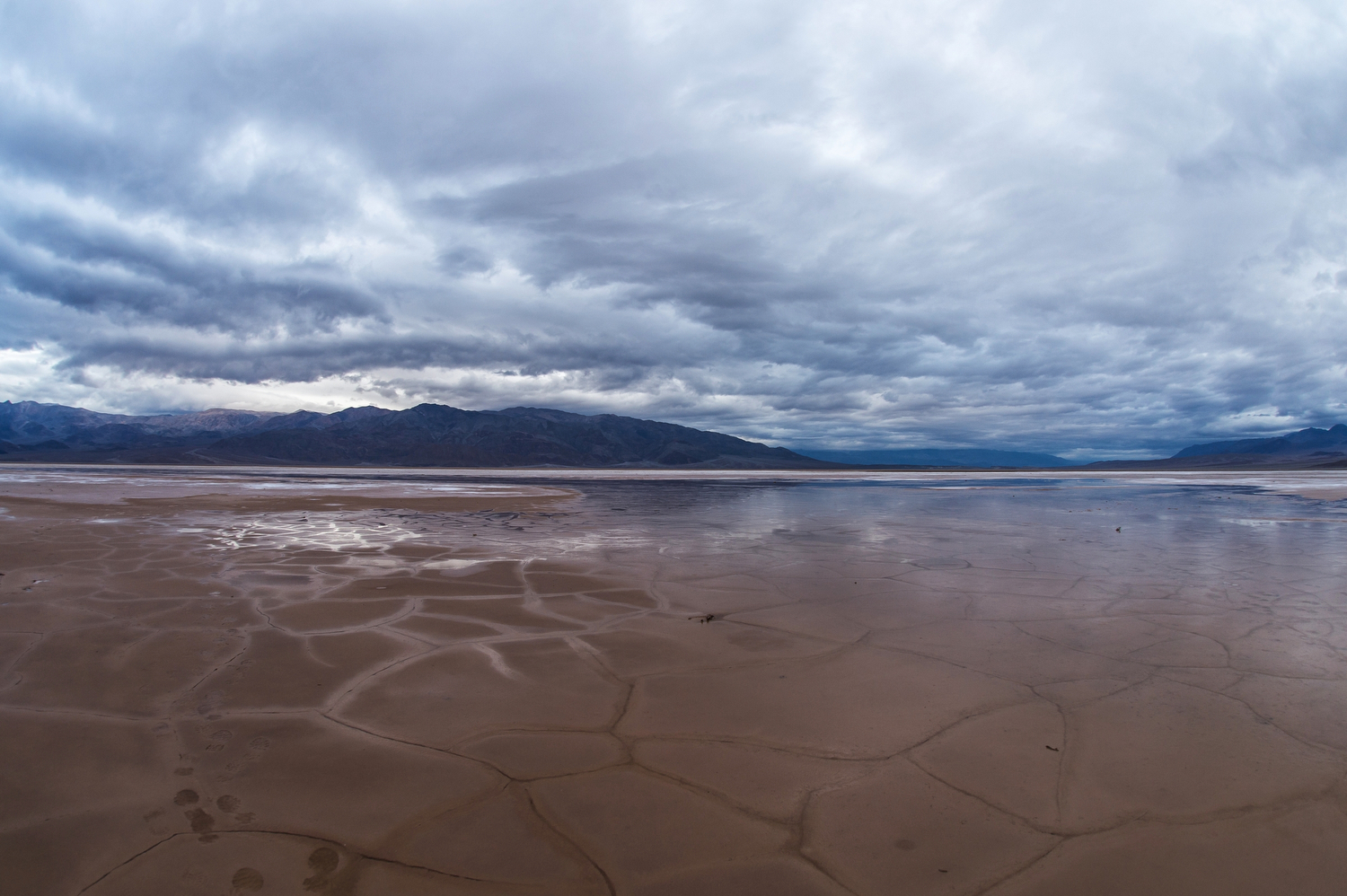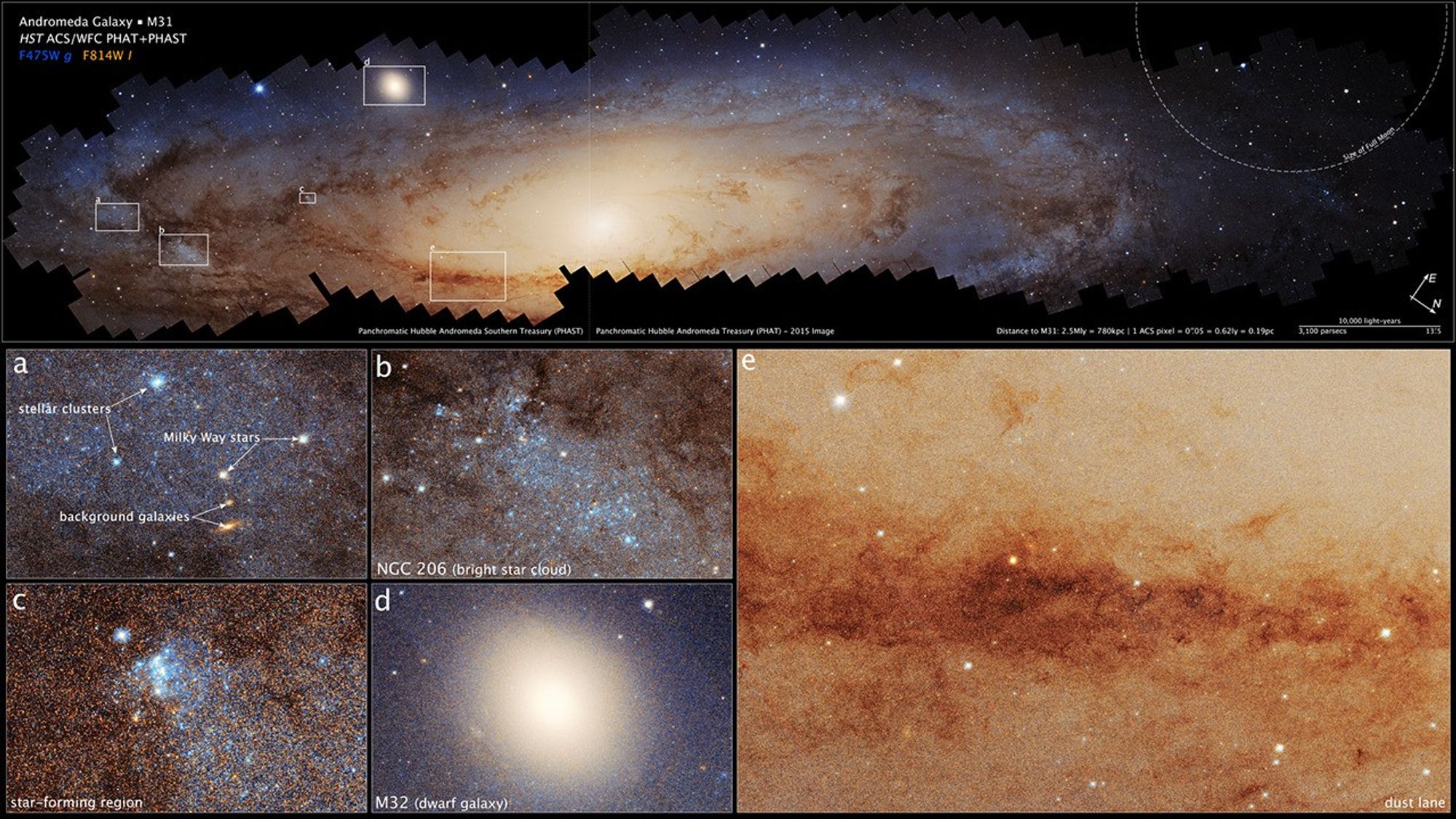Saturn’s Moon Enceladus Poster – Version C
| Credit | NASA |
|---|---|
| Language |
|
Version C of the Enceladus installment of our solar system poster series.
The posters are best printed on 11×17 paper. Several download options are available in the column on the right.
- There are four iterations of this poster: Version A, Version B, Version C (this one) and Version D.
- Download full set
About the image: In October 2008, just after coming within about 15 miles (25 kilometers) of the surface of Enceladus, NASA’s Cassini captured this stunning mosaic as the spacecraft sped away from this geologically active moon of Saturn. Credit: NASA/JPL-Caltech/Space Science Institute
On the Back
Few worlds in our solar system are as compelling as Saturn’s icy ocean moon Enceladus.
A handful of worlds are thought to have liquid water oceans beneath their frozen shell, but Enceladus sprays its ocean out into space where a spacecraft can sample it.
From these samples, scientists have determined that Enceladus has most of the chemical ingredients needed for life, and likely has hydrothermal vents spewing out hot, mineral-rich water into its ocean.
About as wide as Arizona, Enceladus also has the whitest, most reflective surface in the solar system. The moon creates a ring of its own as it orbits Saturn—its spray of icy particles spreads out into the space around its orbit, circling the planet to form Saturn’s E ring.
Enceladus is named after a giant in Greek mythology.
Explore Enceladus in depth at https://solarsystem.nasa.gov/enceladus



























